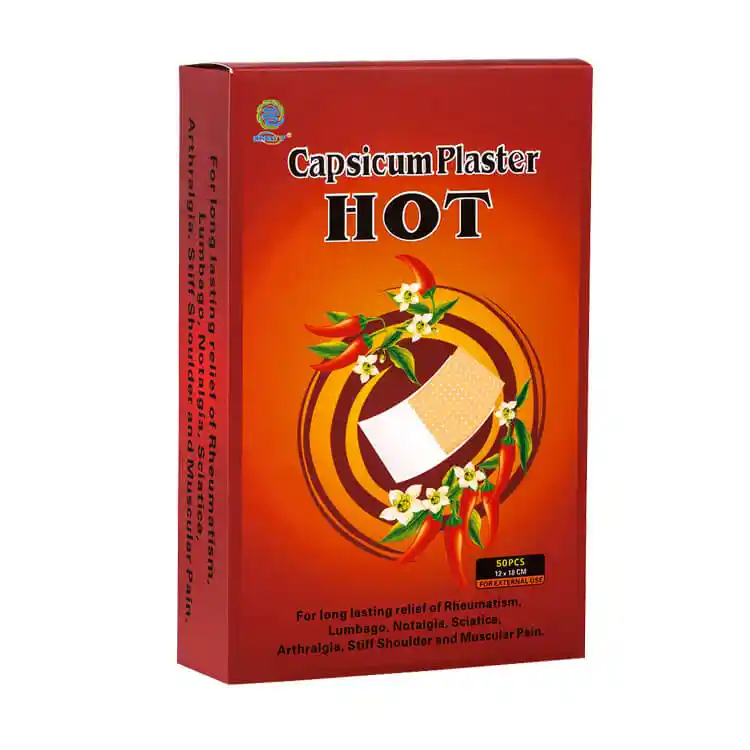Author:Kangdi 19-02-2024
1. Harnessing the Power of Capsaicin for Pain
Capsaicin is the active compound in chili peppers that gives them heat and pungency. Capsaicin plasters use a synthesized, concentrated dose of this chemical for its analgesic properties. When capsaicin contacts skin nerves, it activates warming sensations and inflammation that block transmission of pain signals to the brain.
2. Activating the TRPV1 Receptor Pathway
Capsaicin works by binding to TRPV1 receptors primarily found on sensory neurons. TRPV1 is involved in transmitting sensations of heat and pain. When activated by capsaicin, these nerves release Substance P, a neurotransmitter tied to inflammatory pain signaling. This leads to numbness of localized pain nerves.
3. Depleting Substance P to Disrupt Pain Signals
Repeated capsaicin application causes TRPV1 nerve fibers to release and then deplete their supply of Substance P. This reduces their ability to signal pain. Studies show capsaicin creams can significantly decrease Substance P levels in the skin. The effects can last for hours to months depending on dose.
4. Increasing Blood Flow to Soothe Nerves
In addition to disrupting Substance P pain signaling, capsaicin prompts increased blood flow to the applied area through vasodilation. Improved local circulation contributes to capsaicin's analgesic effects. More oxygen and nutrient flow may help calm irritated nerve endings.
5. Limiting Systemic Exposure
Because capsaicin works locally where applied, it limits side effects compared to oral NSAIDs that act systemically. While capsaicin can cause initial skin irritation and burning, this dissipates over time. Patches allow continuous topical exposure compared to frequent cream application.
6. Proven Efficacy on Arthritis, Neuropathy Pain
Multiple studies confirm capsaicin plasters containing around 8% capsaicin safely reduce pain from osteoarthritis, back injuries, nerve damage, and more. Combining capsaicin with other topical agents like menthol in plasters can enhance analgesic effects on chronic muscle and joint pain in particular.
 0086 19937104978
0086 19937104978





